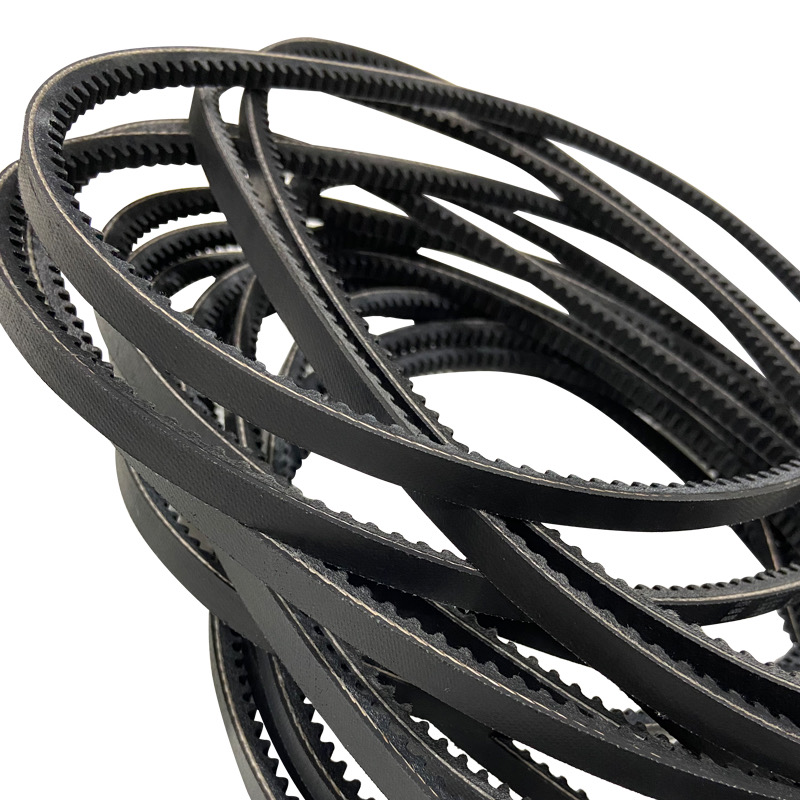- Arabic
- French
- Russian
- Spanish
- Portuguese
- Turkish
- Armenian
- English
- Albanian
- Amharic
- Azerbaijani
- Basque
- Belarusian
- Bengali
- Bosnian
- Bulgarian
- Catalan
- Cebuano
- Corsican
- Croatian
- Czech
- Danish
- Dutch
- Afrikaans
- Esperanto
- Estonian
- Finnish
- Frisian
- Galician
- Georgian
- German
- Greek
- Gujarati
- Haitian Creole
- hausa
- hawaiian
- Hebrew
- Hindi
- Miao
- Hungarian
- Icelandic
- igbo
- Indonesian
- irish
- Italian
- Japanese
- Javanese
- Kannada
- kazakh
- Khmer
- Rwandese
- Korean
- Kurdish
- Kyrgyz
- Lao
- Latin
- Latvian
- Lithuanian
- Luxembourgish
- Macedonian
- Malgashi
- Malay
- Malayalam
- Maltese
- Maori
- Marathi
- Mongolian
- Myanmar
- Nepali
- Norwegian
- Norwegian
- Occitan
- Pashto
- Persian
- Polish
- Punjabi
- Romanian
- Samoan
- Scottish Gaelic
- Serbian
- Sesotho
- Shona
- Sindhi
- Sinhala
- Slovak
- Slovenian
- Somali
- Sundanese
- Swahili
- Swedish
- Tagalog
- Tajik
- Tamil
- Tatar
- Telugu
- Thai
- Turkmen
- Ukrainian
- Urdu
- Uighur
- Uzbek
- Vietnamese
- Welsh
- Bantu
- Yiddish
- Yoruba
- Zulu
Nov . 11, 2024 06:16 Back to list
v belt for tools
Understanding V-Belts for Tools A Comprehensive Guide
V-belts are an integral part of many machines and tools, playing a crucial role in the transmission of power. Their unique design allows them to maintain grip on the pulleys, making them essential for various applications ranging from industrial machinery to household tools. In this article, we will delve into the importance of V-belts, their types and uses in tools, and some maintenance tips to enhance their lifespan.
What is a V-Belt?
A V-belt is a type of belt that has a trapezoidal cross-section, resembling the letter V. This shape allows it to fit snugly into a corresponding V-groove on a pulley, providing excellent traction and reducing the likelihood of slipping. V-belts are typically made from rubber or a rubber-like material, reinforced with fibers for added strength. Their primary function is to transfer rotational motion from one component to another, which is a common requirement in many types of machinery.
Types of V-Belts
There are several types of V-belts, each designed for specific applications
1. Classic V-Belts These are the traditional V-belts commonly found in standard systems. They are versatile and used in various industrial applications.
2. Narrow V-Belts As the name suggests, these belts are narrower than classic V-belts and are designed for higher power transmission in a smaller space. This type reduces weight and material but requires precise alignment to ensure efficiency.
3. Cogged V-Belts These belts have notches or cogs on their underside, allowing them to bend more easily around pulleys and reducing stress. They are ideal for high-speed applications where flexibility is crucial.
4. Poly V-Belts Featuring a flat design with multiple grooves, poly V-belts are widely utilized in automotive applications and machinery requiring compact power transmission.
Applications in Tools
v belt for tools

V-belts are commonly used in various types of tools and machinery, including
- Power saws To control the blade's movement and speed. - Lathes For transmitting torque from the motor to the spindle, allowing for rotation. - Compressors To drive the compressor pump from the motor, enabling pressure generation. - Grinders and milling machines Ensuring that the rotation of the grinding or cutting tool is consistent and efficient.
Importance of Maintenance
To ensure optimal performance and longevity of V-belts in tools, it is essential to carry out regular maintenance checks. Here are some tips to consider
1. Check Tension V-belts need to be tensioned correctly to avoid slippage. Over-tensioning can cause premature wear on both the belt and the pulleys.
2. Inspect for Wear Regularly examine V-belts for signs of wear, such as cracks or fraying. Replacing a worn belt early can prevent more significant issues down the line.
3. Keep Pulley Alignment Misalignment of pulleys can lead to uneven wear and increased stress on the belt. Ensure that pulleys are aligned correctly for smooth operation.
4. Clean the Belts and Pulleys Dust, debris, and oil can lead to slippage. Keep belts and pulleys clean to maintain optimal grip.
5. Replace When Necessary V-belts have a finite lifespan. If excessive wear or damage is noted, it’s imperative to replace them to maintain the functionality of the tools.
Conclusion
V-belts are fundamental components that facilitate efficient power transmission in tools and machinery. Understanding their types, applications, and maintenance is crucial for maximizing their performance and lifespan. By incorporating good practices, users can ensure their tools operate effectively, ultimately leading to enhanced productivity and reduced downtime.
-
Upgrade Power Steering Pump Belt for Smooth, Quiet Operation
NewsAug.27,2025
-
Precision Timing Belt & Chain: Engine Performance & Durability
NewsAug.26,2025
-
Precision Lathe Drive Belts: Durable & Reliable Performance
NewsAug.25,2025
-
84.5 Serpentine Belt: Durable & Precision Fit for Your Engine
NewsAug.24,2025
-
Premium Ribbed Drive Belts for Quiet Power Transmission
NewsAug.23,2025
-
High-Performance Vehicle Timing Belt for Engine Precision
NewsAug.22,2025

